Early Fall Brings Cooler Weather and Unique Road Hazards: How to Stay Safe
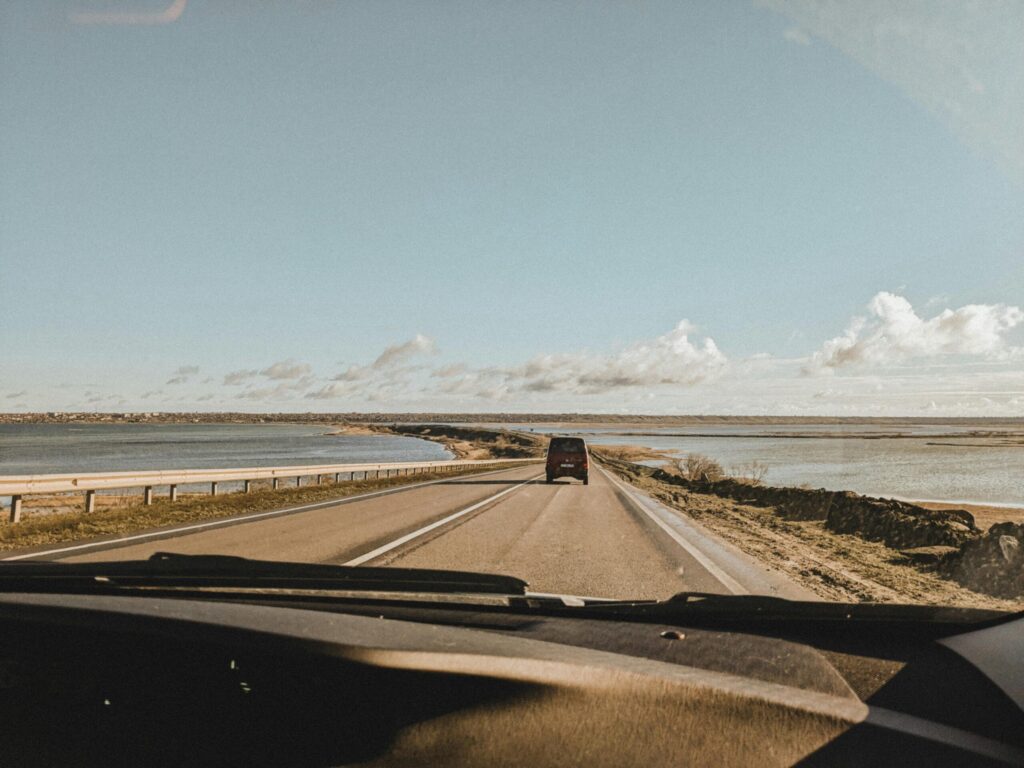
As the early days of Fall settle in, we welcome the cool breeze, scenic foliage, and longer nights. However, with the beauty of Fall comes a range of unique road hazards that drivers and pedestrians alike must navigate.
Beyond Vehicle Damage: Maximizing Your Compensation After a Car Accident
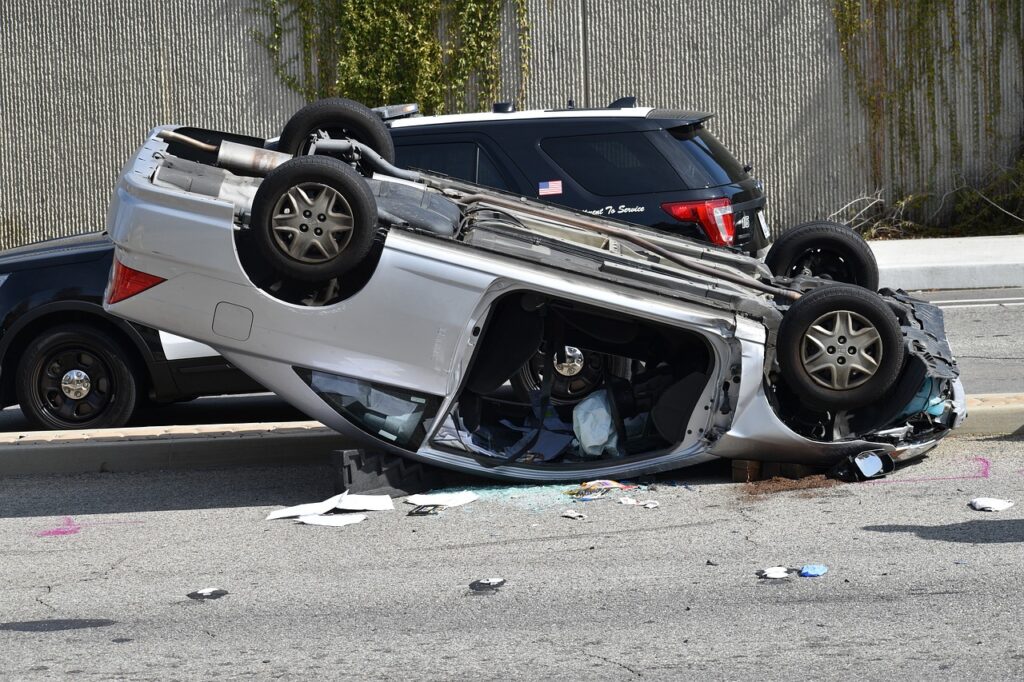
The aftermath can be overwhelming, especially when dealing with vehicle repairs, medical expenses, and insurance claims.
Navigating Car Accidents in Florida: What You Need to Know
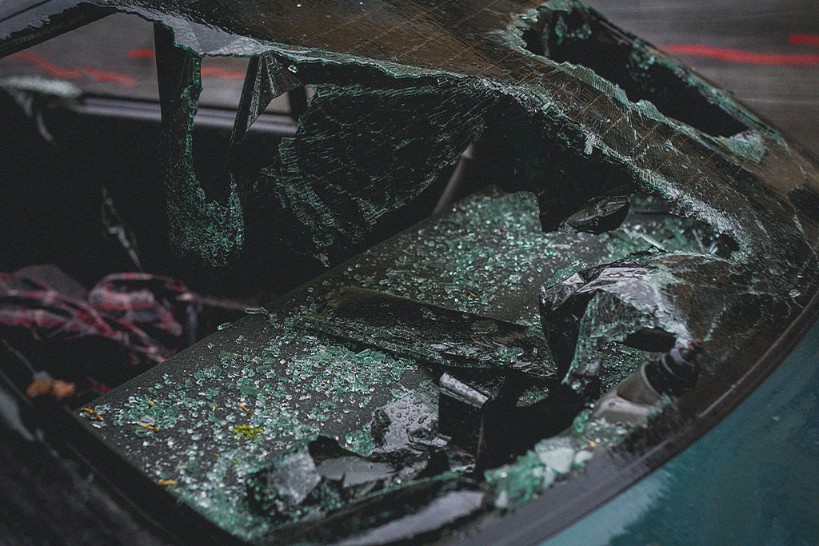
Accidents happen, and car accidents can be particularly stressful and overwhelming. If you’ve been involved in a car accident in
Common Mistakes to Avoid in Personal Injury Cases
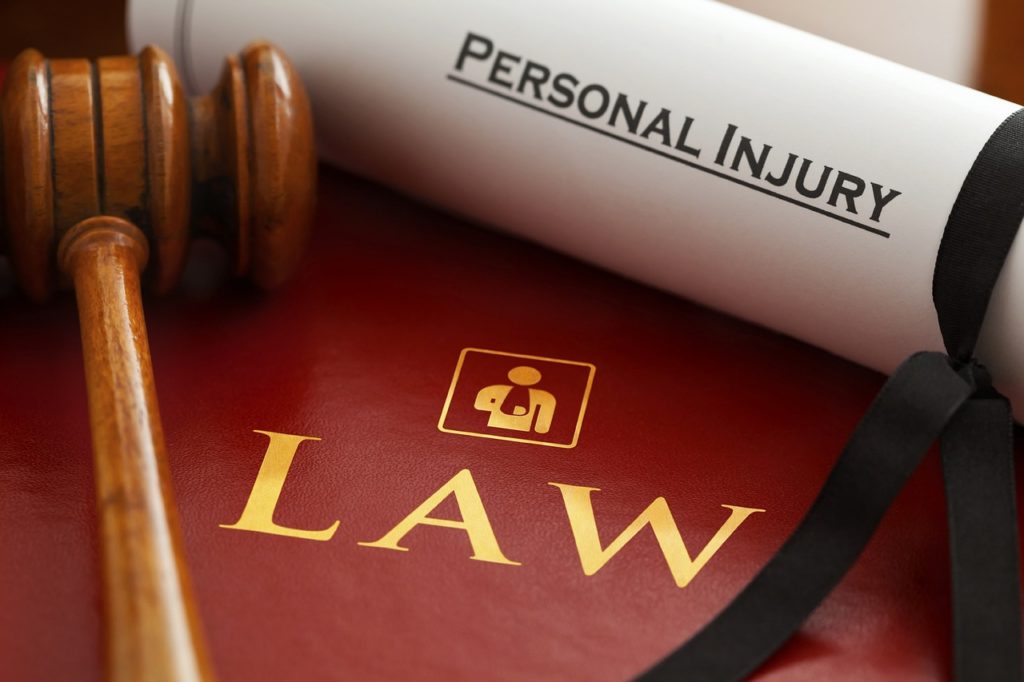
Navigating a personal injury case can be a complex and overwhelming process. Making mistakes during this critical time can significantly affect the outcome of your case. Here are some common mistakes to avoid and practical advice to ensure you get the best possible result.
What to Do After a Car Accident: A Step-by-Step Guide
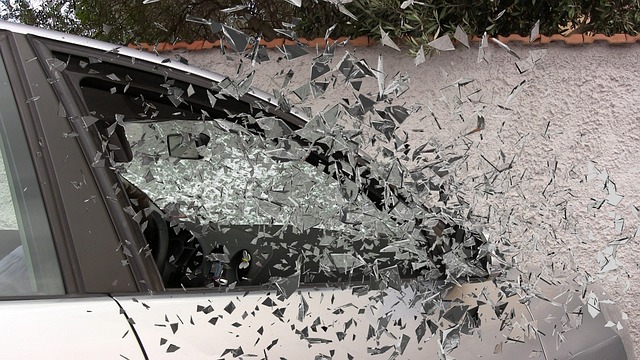
Car accidents are sudden and stressful events that can leave you feeling shaken and unsure of what to do next.
The Dangers of Texting While Driving: Why It’s Not Worth the Risk

n today’s fast-paced world, staying connected is more important than ever. However, this need for constant communication has led to a dangerous habit: texting while driving.
Psychological Effects on Car Accident Victims

Car accidents are distressing events that can have lifelong emotional and psychological effects on those involved.
The Reality of Car Accidents: Understanding the Impact and How to Stay Safe

Car accidents are an unfortunate reality of modern life, affecting millions of people worldwide every year. They range from minor fender-benders to catastrophic events leading to serious injuries or even fatalities.

